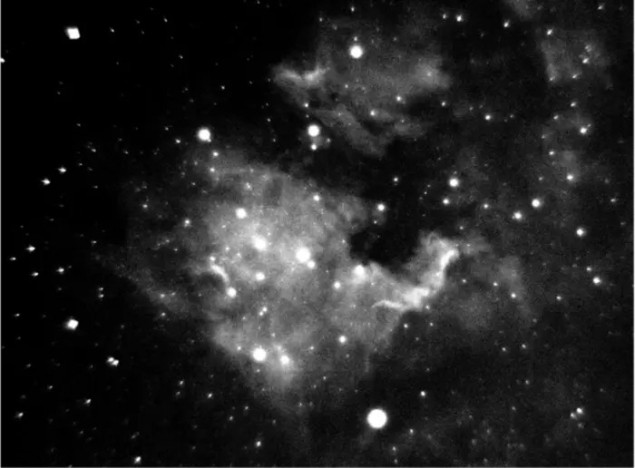
To describe Federico Capasso at Harvard University as a prolific researcher is an understatement and I have been following his work in photonics for many years. He is an expert in the development of optical metalenses – devices that use flat arrays of microscopic structures to manipulate light. A key benefit is that optical systems made up of such lenses take up much less volume that conventional optics, making them ideal for a wide range of applications where space is tight – including mobile phones.
Now the Harvard researchers have created a metalens that they have used to image the Moon and other objects in the heavens. They are not the first to do this. Last January researchers at researchers at Pennsylvania State University and the NASA-Goddard Space Flight Center created a similar device and you can read about that here: â€Å�Telescope with large-aperture metalens images the Moonâ€Â.
The challenge for both teams was to create metalenses with large enough diameters for use in astronomy. The Penn State–NASA team created a lens with an 80 mm diameter, while the Harvard team upped this to 100 mm. Creating these large lenses is difficult because they are made using lithography techniques that are used to pattern much smaller computer chips.
Robust for spaceflight
As well as the Moon, Capasso and colleagues were able to image the Sun and the North America Nebula, which is a dim object about 2590 light–years away. Such compact lenses could be ideal for use in space telescopes and the Harvard team says that its device is robust enough to be launched into space and operated there.
If you would like to hear more about metalenses and their applications, listen to this episode of the Physics World Weekly podcast, which features an interview with the CEO of a metalens maker that spun out of Capasso’s lab (â€Å�Metasurfaces simplify optical sensing systemsâ€Â).
Staying on the topic of space, researchers using NASA’s James Webb Space Telescope have come to the conclusion that many early galaxies were shaped like pool noodles and surfboards. Others, according to the team resembled volleyballs and frisbees.
According to the team, the Milky Way probably began life as a surfboard before evolving into the classic spiral galaxy that we live in today. You can read more in this preprint on arXiv.

